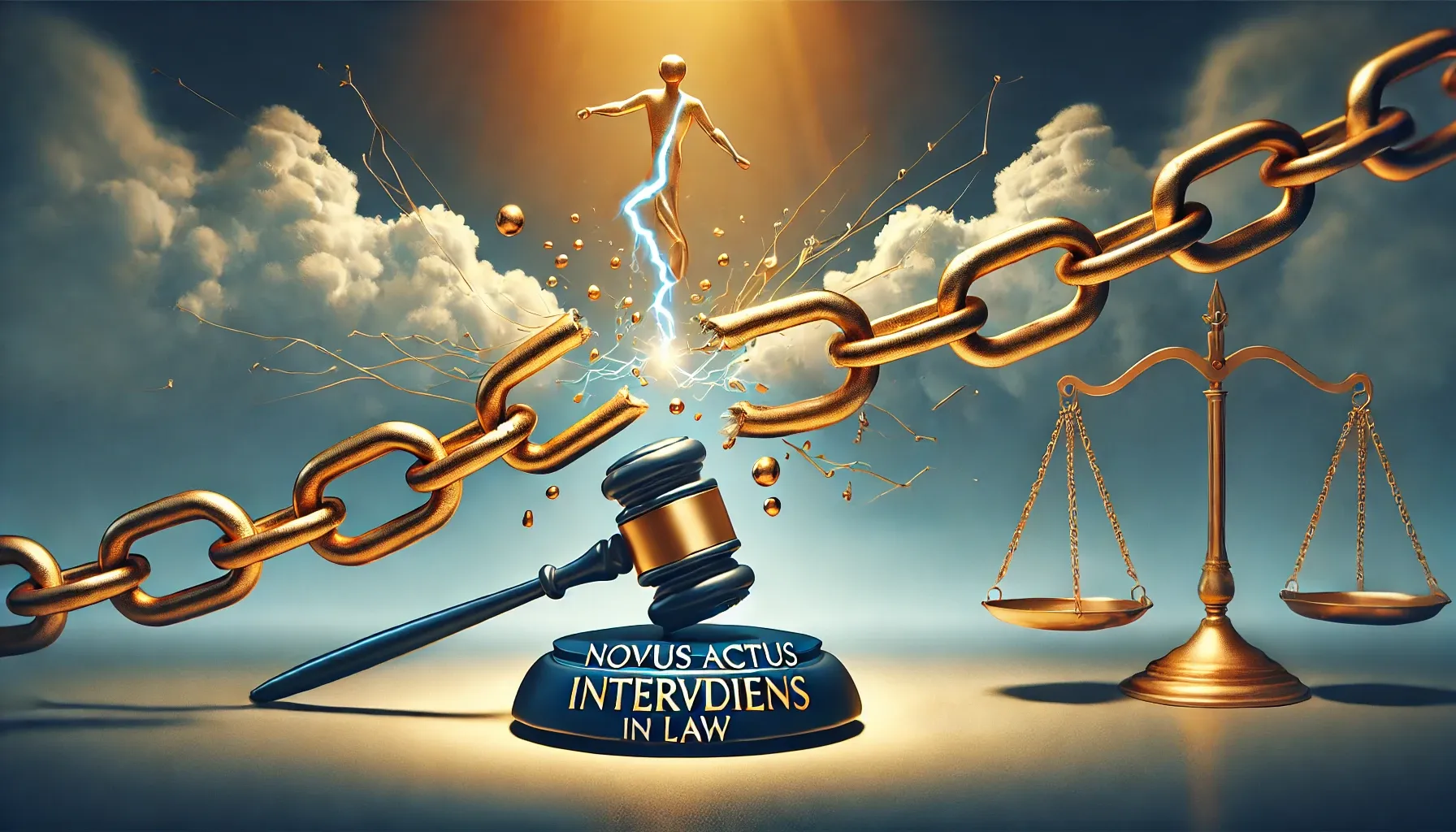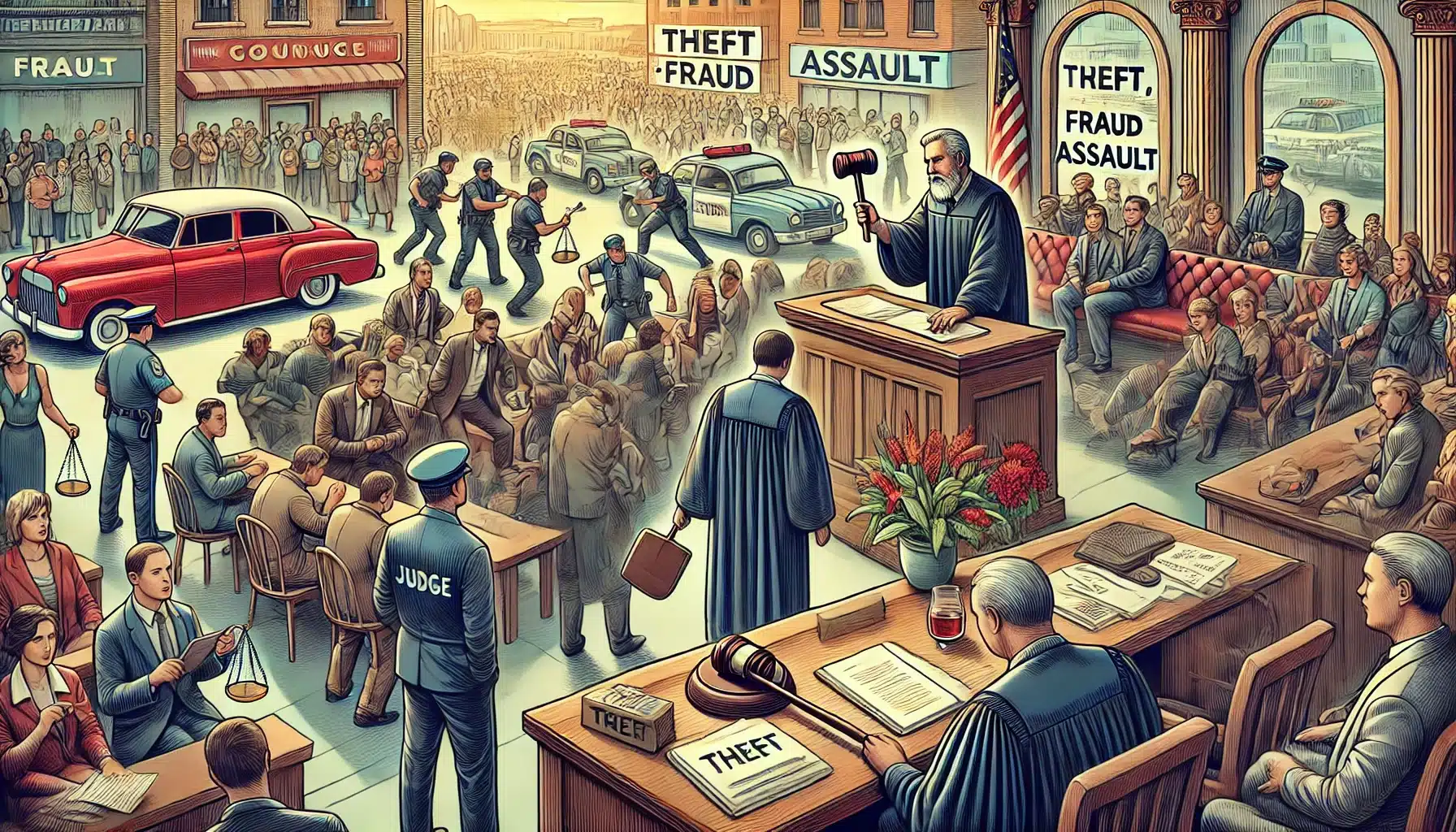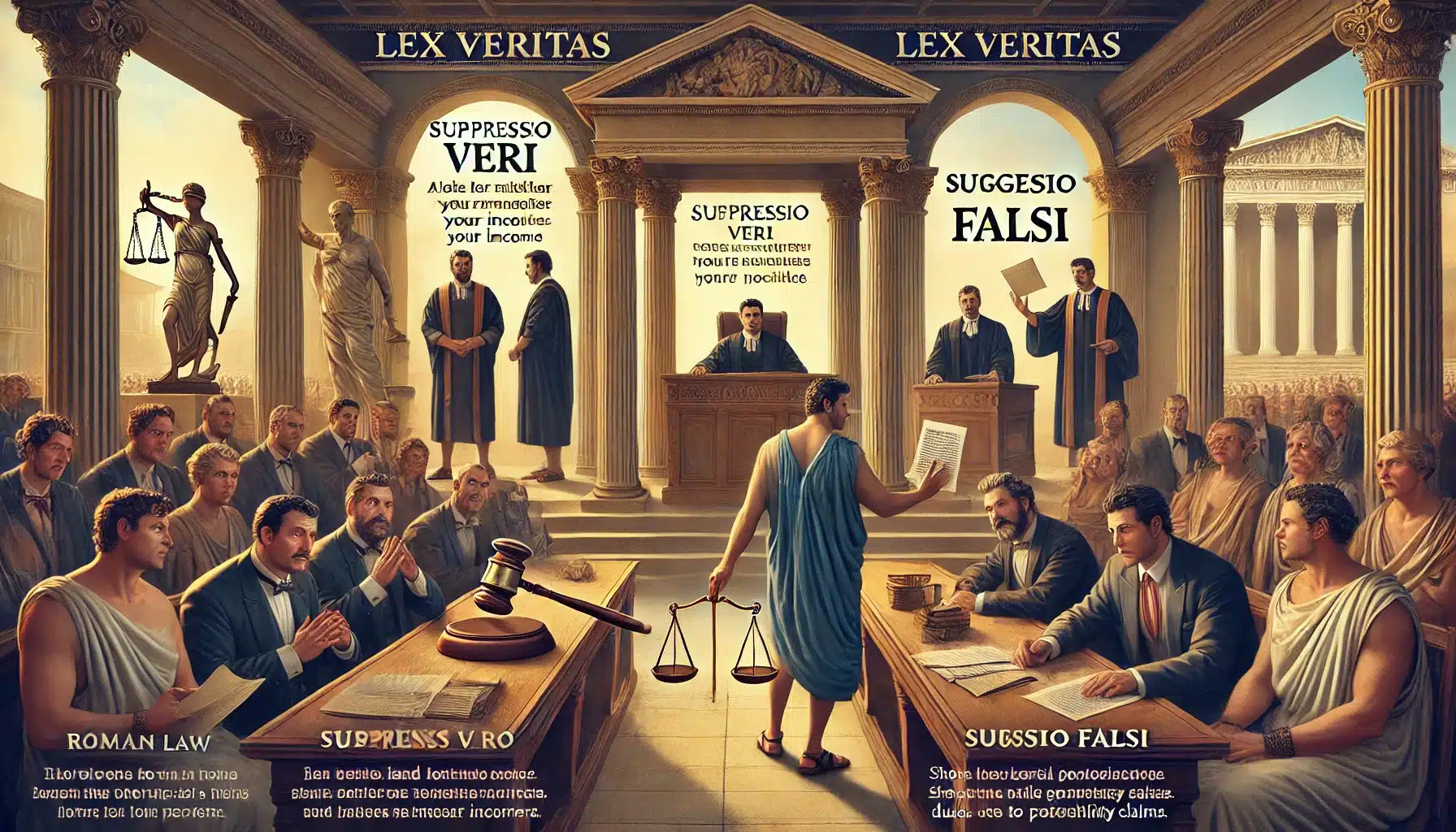Trademark means a mark which is capable of being characterized graphically and distinguishing the products or services of a particular individual from those of others.

DEFINITION
Intellectual Property is the truly crucial part of modern business. Intellectual property , which is an amalgamation of copyright, trademark, design, geographical suggestion, charter, industrial design, multilingual circuit, is valuable holdings of any company. IP can establish vigorous competition in the market as well as development if the product is more effective. Trademark is a division of Intellectual Property Right.
Trademark means a mark which is capable of being characterized graphically and distinguishing the products or services of a particular individual from those of others and includes shape of goods, their packaging and combination of colors[1].
A trademark can be simply defined as a word, name, symbol, or gadget or any combination then accepted and used by a seller to classify his goods and extricate them from those sold by another. Trademarks are for both goods and services, with the end marks often being referred to as “service marks.” For instance, the trademark “Coca-Cola®” is used to pinpoint a soft drink (goods), whereas, the service mark “Holiday Inn®” is used to pinpoint a hotel (a service).
ORIGIN
The first act of trademark was somewhat given in 1266 under the rule of HenryIII which specified for all the bakers to use separate marks for the bread they market . The first modern trademark laws came into existence in the 19th century. It was France where the first complete trademark system was included into law in 1857. The Trade Marks Act ,1938 ,of the United Kingdom amended the system by allowing enrollment based on intent-to-use. The Act contained other innovative concepts such as associated trademarks which permitted the use system, a defensive mark system, and a non-claiming right system . The symbols ™ (the trademark symbol) and ® (the registered trademark symbol) are indicators of trademarks; it is specifically given to the registered owners.
Considering India ,the law before 1940 was based on the common law principles of passing off and equity . The first constitutional law associated with trademarks in India was the Trademarks Act, 1940 which was very much similar to UK Trademarks Act, 1938. In 1958, the Trade and Merchandise Marks Act, 1958 was passed .The Trade and Merchandise Marks Act, 1958 was revoked by the Trademarks Act, 1999 and is the present ruling law linked to registered trademarks. The 1999 Act was passed to abide by the terms of the TRIPS.
MEANING
It is often said that everything is fair in love and war, but the same is not practical when it comes to businesses. Unfair competition law is a part of law that is applied to ensure that competition amongst firms is fair; one part of this law is the law of trademarks. The law of unfair competition is a wide-fluctuating area of the law that essentially prohibits practices that society deems to be unfair.
Usually, there are practices in the business of one seller A, fraudulently competing another seller B, by using a trademark which is ambiguously similar & used by B. It is easy to imagine why this type of practice is barred by the law. If it were, otherwise, consumers would have been baffled as to the source of a certain product and, thus, could not count on receiving stable quality. Another way round, it is fundamentally unfair in allowing an infringer to get the profit of the first seller’s time, money, and effort.
Courts had put forward number of factors for defining the probability of confusion, such as the familiarity of appearance, sound, and meaning of the contradictory marks; the affiliation of the goods for which the marks are used; the networks of business in which the marks are sold; and the erudition of the relevant buyers of the goods. Thus, in studying any trademark infringement situation, all of these as well as other important factors not cited must be considered. Our legal system promotes hard, fair, and truthful competition. Those violations can be stopped, and damages are given to the rightful owner of the trademark. Among other things, India’s responsibilities under the TRIPS Agreement for protection of trademarks, include protection to differentiating marks, identification of service marks, indefinite periodical restoration of registration, eradication of compulsory licensing of trademarks, etc.
The Indian judiciary has been active within the protection of trademarks, and it has developed the safeguard to Domain Names as displayed in landmark cases of Tata Sons Ltd. v. Manu Kosuri & Ors[2] and Yahoo Inc. v. Akash Arora [3]
USAGE(LEGAL)
Registration of trademarks-
A party which claims the ownership of a trademark can go in to register its mark for goods and services. Registration is done with the trademark office under whose authority the primary place of the applicant’s business lies. However, if the primary place of business is outside India, the application should be filed with the trademark office under whose authority, the office of the applicant’s representative or lawyer falls.
Registrable marks (including any non-traditional marks):
The definition of a ‘trademark’ specifies that a mark is registrable if it is capable of being represented graphically and of distinguishing the goods or services of one party from those of another. This can include the shape of goods, their packaging and a color or combination of colors.
Legal rights and protections accorded to registered trademarks-
A trademark registration:
- provides prima facie proof of possession and authenticity.
- provides legal protection in India.
- helps to prevent others from using the trademark illegally; and
- allows a suit for violation to be brought.
Unregistered trademarks with earlier use can be covered under common law in India. The passing off of trademarks is a tort unlawful under common law .
In a normal passing-off suit, the courts will mostly consider the following issues:
- whether the plaintiff is an existing user of the mark.
- whether the plaintiff’s goods have developed uniqueness
- whether there is a misrepresentation by the defendant of goods which lead to formation of confusion in consumers, resulting in treating of the defendant’s goods as of the plaintiff’s
Special rights and protections owners of well-known and famous marks:
The trademark law gives extraordinary protection to trademarks that are ‘well known’ which safeguards them from infringement. The recognition of well-known trademarks in India is based on international, national, and cross-border reputation.
The Trademarks Act 1999 protects them in two ways:
- an action against the entry of related marks; and
- an action against the misappropriation of the well-recognized mark.
Infringement of Trademark
Under the Trademarks Act, both civil and criminal remedies are instantaneously available against infringement and passing off.
As per Trademark Act, a mark shall be viewed to be infringed mark if
- it is found copy of entire registered mark with a few extras and alterations,
- the infringed mark is used in the course of action of trade,
- The use of the infringed mark is a published or usual representation of the mark in advertisement. Any verbal use of the trademark is not referred to as infringement.
- The mark used by another person is almost similar to the mark of the registered owner to deceive w.r.t. registered goods[4]
Offences and Penalties-
In the context of criminal action for infringement or passing off, the punishment is imprisonment for a term is not less than six months (extend to three years) and fine , not be less than INR 50,000 (extend to INR 200,000)
[1] Section 2 (zb) of the Trademarks Act, 1999.
[2] [90 (2001) DLT 659]
[3] [1999 PTC 201].
[4] Hearst Corporation Vs Dalal Street Communication Ltd, 1996 PTR 1 (Cal)




